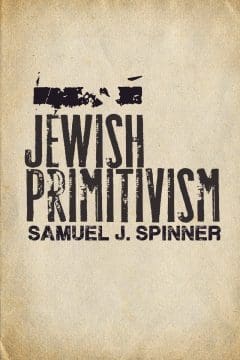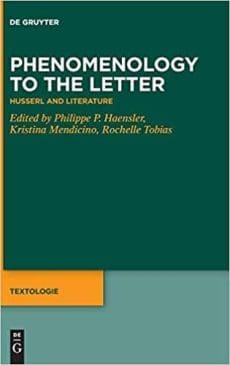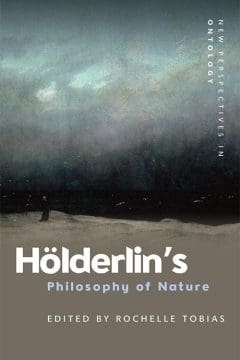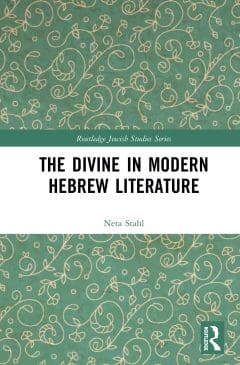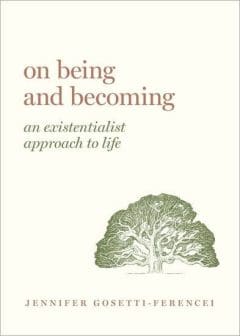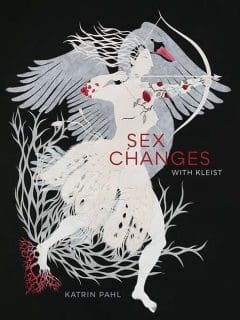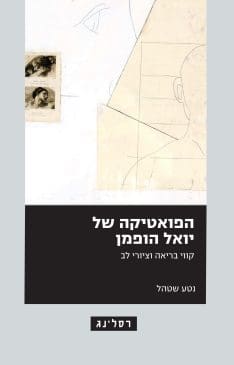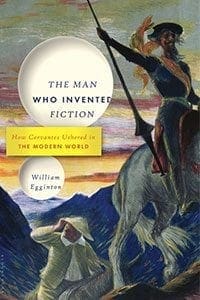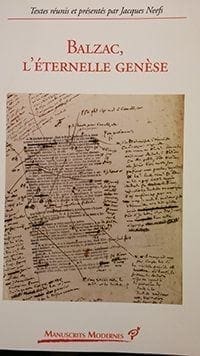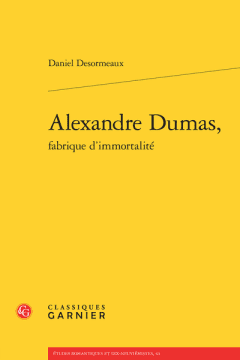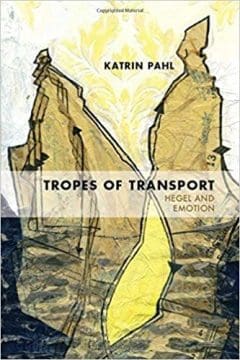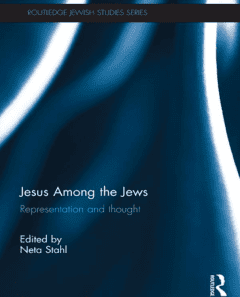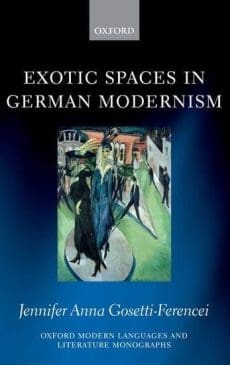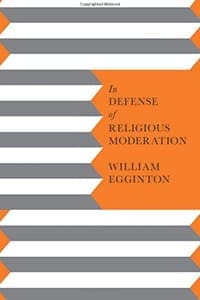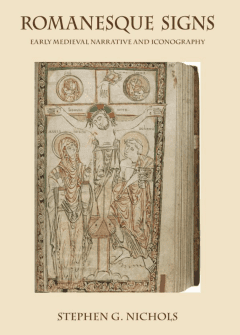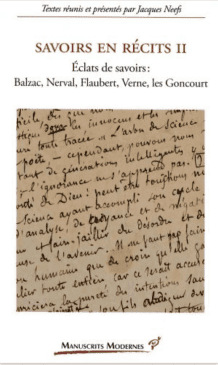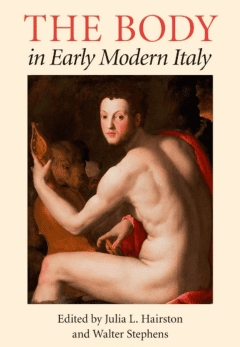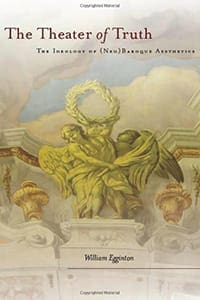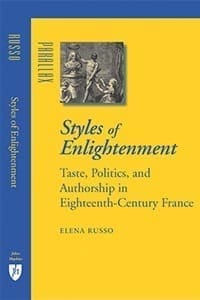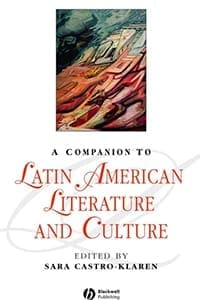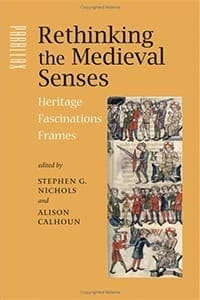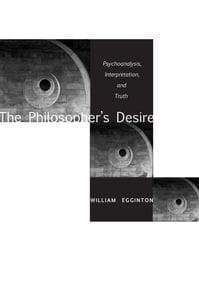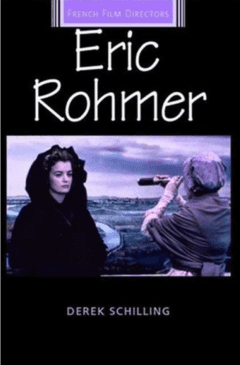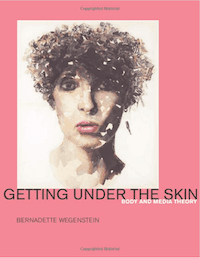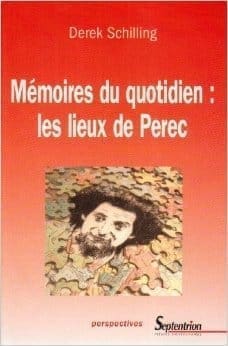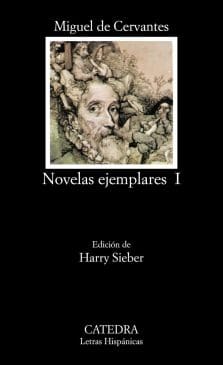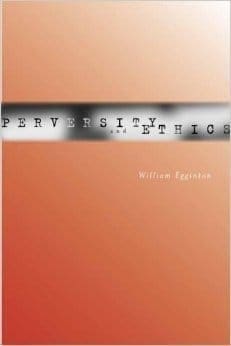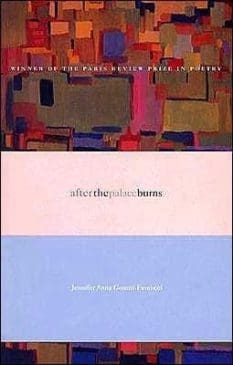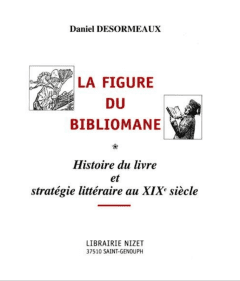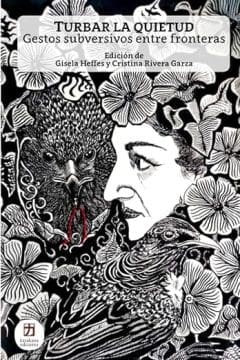
TURBAR LA QUIETUD: Gestos subversivos entre fronteras
-
Gisela Heffes
(editor)
-
Katakana editores ,2023
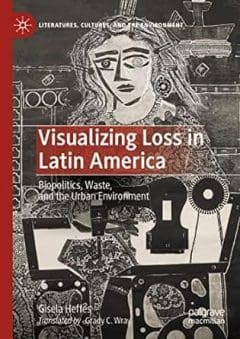
Visualizing Loss in Latin America: Biopolitics, Waste, and the Urban Environment
-
Gisela Heffes
(author)
-
Palgrave Macmillan ,2023
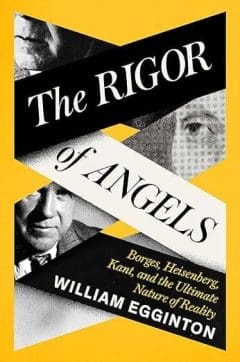
The Rigor of Angels: Borges, Heisenberg, Kant, and the Ultimate Nature of Reality
-
William Egginton
(author)
-
Pantheon Books ,2023

Imagination: A Very Short Introduction
-
Jennifer Gosetti-Ferencei
(author)
-
Oxford University Press ,2023
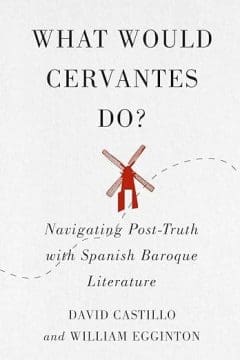
What would Cervantes do? Navigating Post-Truth with Spanish Baroque Literature
-
William Egginton
(author)
-
McGill-Queen's University Press ,2022
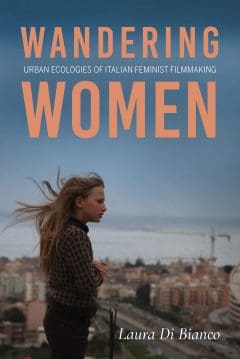
Wandering Women: Urban Ecologies of Italian Feminist Filmmaking
-
Laura Di Bianco
(author)
-
Indiana University Press ,2022

Radical Equalities and Global Feminist Filmmaking – An Anthology
-
Bernadette Wegenstein
(author)
-
Vernon Press ,2022
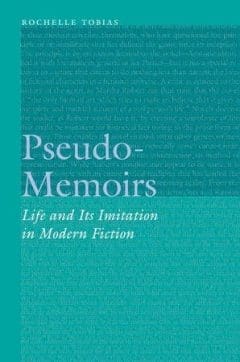
Pseudo-Memoirs: Life and Its Imitation in Modern Fiction
-
Rochelle Tobias
(author)
-
University of Nebraska Press ,2021
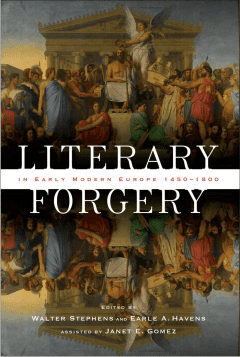
Literary Forgery in Early Modern Europe, 1450–1800
-
Walter Stephens
(editor)
-
Johns Hopkins University Press ,2019
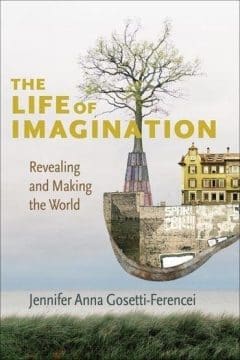
The Life of Imagination: Revealing and Making the World
-
Jennifer Gosetti-Ferencei
(author)
-
Columbia University Press ,2018
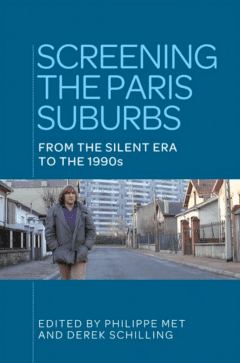
Screening the Paris Suburbs: From the Silent Era to the 1990s
-
Derek Schilling
(editor)
-
Manchester University Press ,2018
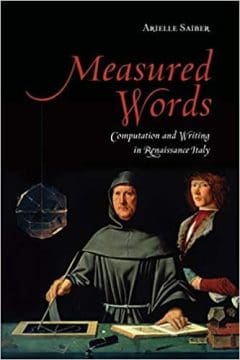
Measured Words: Computation and Writing in Renaissance Italy
-
Arielle Saiber
(author)
-
University of Toronto Press ,2017
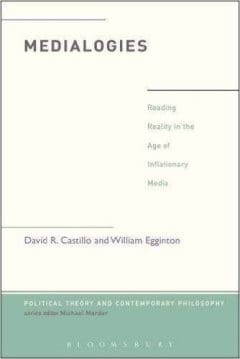
Medialogies: Reading Reality in the Age of Inflationary Media
-
William Egginton
(author)
-
Bloomsbury Academic ,2016
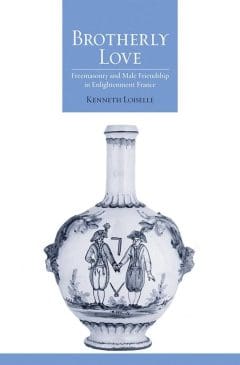
Brotherly Love: Freemasonry and Male Friendship in Enlightenment France
-
Kenneth Loiselle
(author)
-
Cornell University Press ,2014

Les Biographies littéraires: théories, pratiques et perspectives Nouvelles
-
Daniel Desormeaux
(author)
-
Classiques Garnier ,2014
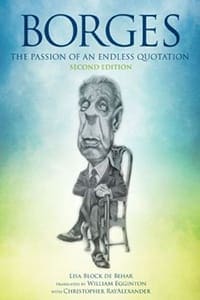
Borges: The Passion of an Endless Quotation
-
William Egginton
(translator)
-
State University of New York Press ,2014
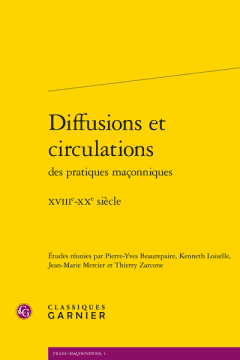
Diffusions et circulations des pratiques maçonniques, XVIIIe–XIXe siècle, eds.
-
Kenneth Loiselle
(co-editor)
-
Classiques Garnier ,2013
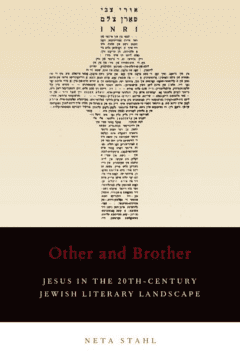
Other and Brother: Jesus in the 20th-Century Jewish Literary Landscape
-
Neta Stahl
(author)
-
Oxford University Press, USA ,2012
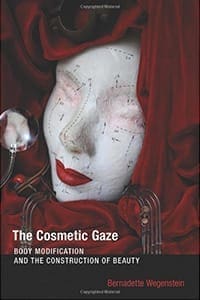
The Cosmetic Gaze: Body Modification and the Construction of Beauty
-
Bernadette Wegenstein
(author)
-
The MIT Press ,2012
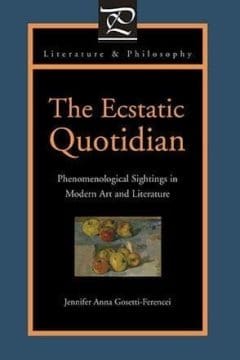
The Ecstatic Quotidian: Phenomenological Sightings in Modern Art and Literature
-
Jennifer Gosetti-Ferencei
(author)
-
The Pennsylvania State University Press ,2010
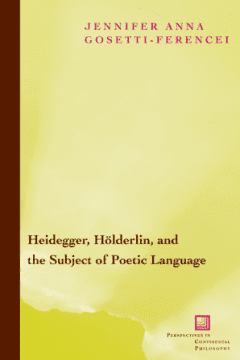
Heidegger, Hölderlin, and the Subject of Poetic Language
-
Jennifer Gosetti-Ferencei
(author)
-
Fordham University Press ,2009
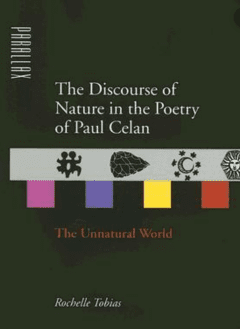
The Discourse of Nature in the Poetry of Paul Celan: The Unnatural World
-
Rochelle Tobias
(author)
-
Johns Hopkins University Press ,2006
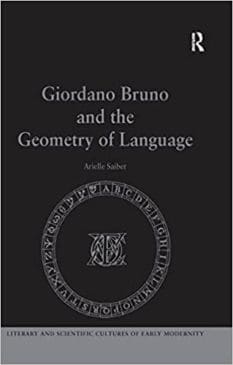
Giordano Bruno and the Geometry of Language (Literary and Scientific Cultures of Early Modernity)
-
Arielle Saiber
(author)
-
London: Ashgate/Routledge ,2005
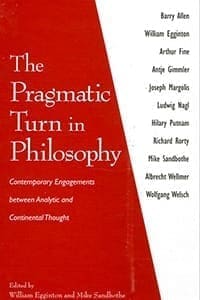
The Pragmatic Turn in Philosophy
-
William Egginton
(editor)
-
State University of New York Press ,2004
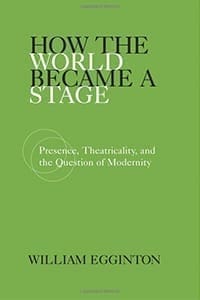
How the World Became a Stage: Presence, Theatricality, and the Question of Modernity
-
William Egginton
(author)
-
State University of New York Press ,2002
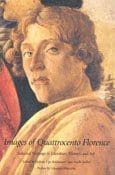
Images of Quattrocento Florence: Selected Writings in Literature, History, and Art
-
Arielle Saiber
(co-author)
-
Yale University Press ,2000
Diderot’s Dream
-
Wilda Anderson
(author)
-
The Johns Hopkins University Press ,1990
